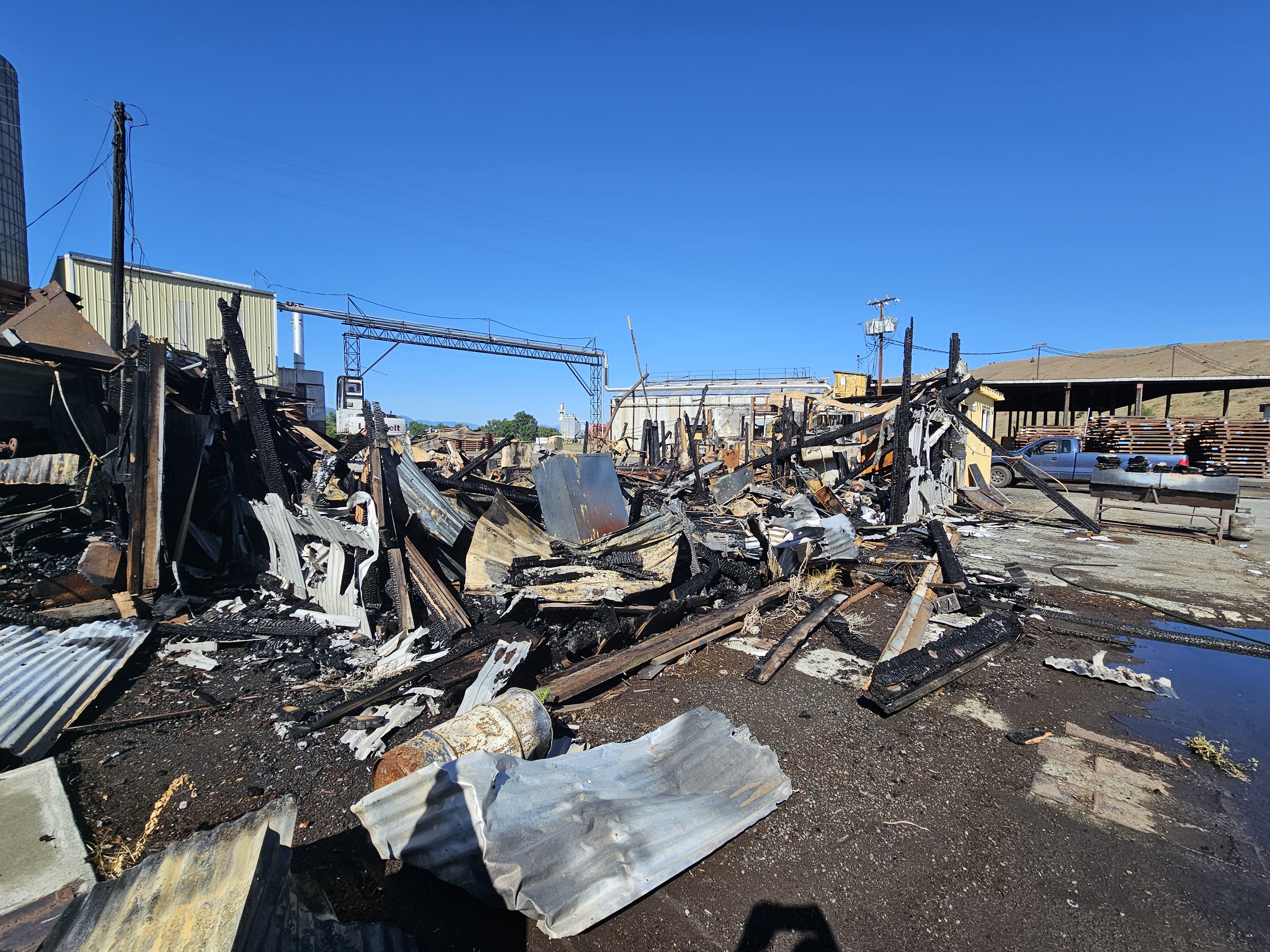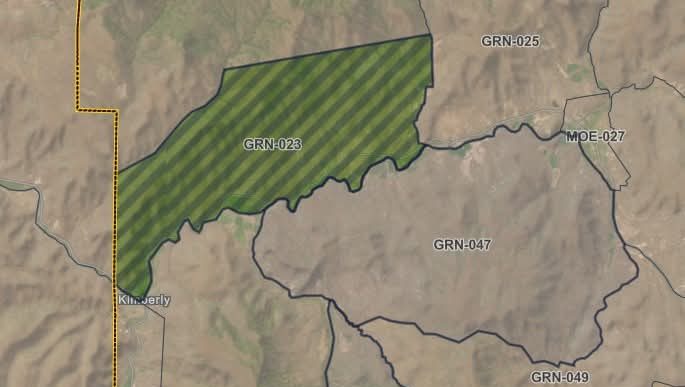The Senior Project
Published 4:00 pm Tuesday, February 5, 2008

- <I>Contributed photo</I><BR>Senior Kyra Gee stands in front of her five-year plan after giving her senior project presentation.
JOHN DAY – The students in the hallway sat nervously next to their props – a doctor’s stethoscope, a branding iron, a handful of note cards, and their finest ties and dresses. They were about to clear one of the final hurdles before graduation from Grant Union High School: presenting their senior projects.
Trending
All seniors who enrolled in an Oregon high school this academic year will be required to complete a senior project before they can graduate in 2008.
The state is among only a handful to insist on the projects, although some schools and districts throughout the country have used them since the 1980s. Students in Multnomah County, for example, as well as individual schools such as Grant Union High School require senior projects.
The projects are often a combination of academic research, community service, and job shadowing. Students write papers and complete projects that often send them into the community. They present their findings and produce a “product,” such as a performance, a five-year plan, or something they created.
Trending
“This brings real work right to their front door,” said Ryan Carpenter, a Grant Union teacher and organizer of the school’s senior project. “It allows students to explore and use skills that aren’t so easily measured on a pencil-and-paper test.”
State educators approved the addition of the projects in 2005 as part of tougher graduation requirements, along with tests in English, algebra, biology, history, civics and economics.
“It was a way of answering the question of ‘How am I ever going to use what I’m learning in high school?'” Carpenter said. “This makes it relevant and shows them how the pieces fit together.”
Grant County community members also played a major part while assessing these eager students. On January 11, 62 Grant Union seniors presented a 10-minute speech to high school faculty and selected community members.
“It was an overall success and the community seemed satisfied with the future planning of the students,” said Carpenter.









